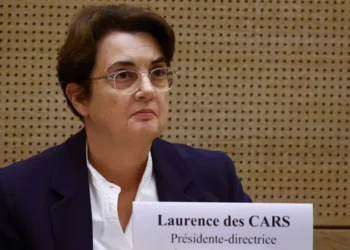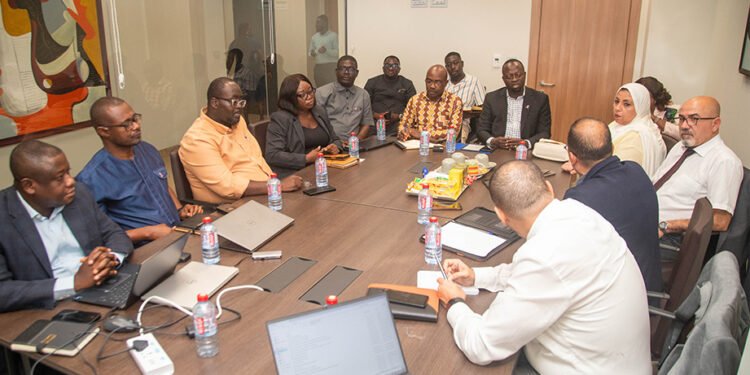The IMF has revised global growth to inch up to 6%, reflecting a 0.8 percentage point increase from the previous forecast, albeit high uncertainties still persist.
The brighter outlook is underpinned by large fiscal support and progress in mass vaccinations of the world’s population.
“The projections for 2021 and 2022 are 0.8 pp and 0.2 pp stronger than in the October 2020 WEO. This reflect additional fiscal support in a few large economies and the anticipated vaccine-powered recovery in the second half of the year.”
However, the world’s future depends on the duration and mutations of the virus; the susceptibility of vaccines to strains of the virus; effectiveness of policy actions to limit escalating economic damage; re-alignment of financial conditions and commodity prices; and the level of adjustment of the economy.
“A high degree of uncertainty surrounds these projections, with many possible downside and upside risks. Much still depends on the race between the virus and vaccines,” Gita Gopinath noted
The World’s largest economies- China and the US are at the forefront of this growth trajectory, the Fund projects.
For instance, the recent fiscal stimulus of $1.9 trillion in the US has raised the hopes of this larger-than-anticipated recovery. China’s quicker-than-expected recovery since last year gives it much space to expand the more and champion an accelerated growth within the emerging markets.
Furthermore, the Fund forecasts advanced economies to grow by 5.1% this year, with the US growing by 6.4%. Emerging and developing markets will grow by 6.7%, with China growing by 8.4%. Also, India will also grow by 12.4% this year.
Divergences in recovery
According to the Fund, global growth will slow down over the medium term. Owing to a projected damage to supply potential; aging-related labour force growth in advanced economies and some emerging market economies.
“Nonetheless, the outlook presents daunting challenges related to divergences in the speed of recovery both across and within countries and the potential for persistent economic damage from the crisis.”
While policy responses among economies have left very little scars as compared to the 2008 global financial crisis, emerging market economies and low-income economies are likely to suffer more significantly in the medium term.
“Within-country income inequality will likely increase because young workers and those with relatively lower skills remain more heavily affected in not only advanced but also emerging markets and developing economies.”
As a result, the IMF recommends that to ensure sustained progress while the pandemic continues, “policies should first focus on escaping the crisis, prioritizing health care spending, providing well-targeted fiscal support, and maintaining accommodative monetary policy while monitoring financial stability risks”.
Meanwhile, as the recovery progresses, “policymakers will need to limit long-term economic scarring with an eye toward boosting productive capacity (for example, public investment) and increasing incentives for an efficient allocation of productive resources.”
Gita Gopinath indicated that: “Multispeed recoveries are underway in all regions and across income groups, linked to stark differences in the pace of vaccine rollout, the extent of economic policy support, and structural factors such as reliance on tourism.
“Without additional efforts to give all people a fair shot, cross-country gaps in living standards could widen significantly, and decades-long trends of global poverty reduction could reverse.”
Gita Gopinath, Economic Counsellor and Director of Research, IMF
READ ALSO: Transportation infrastructure crucial to AfCFTA- Noel Tagoe























